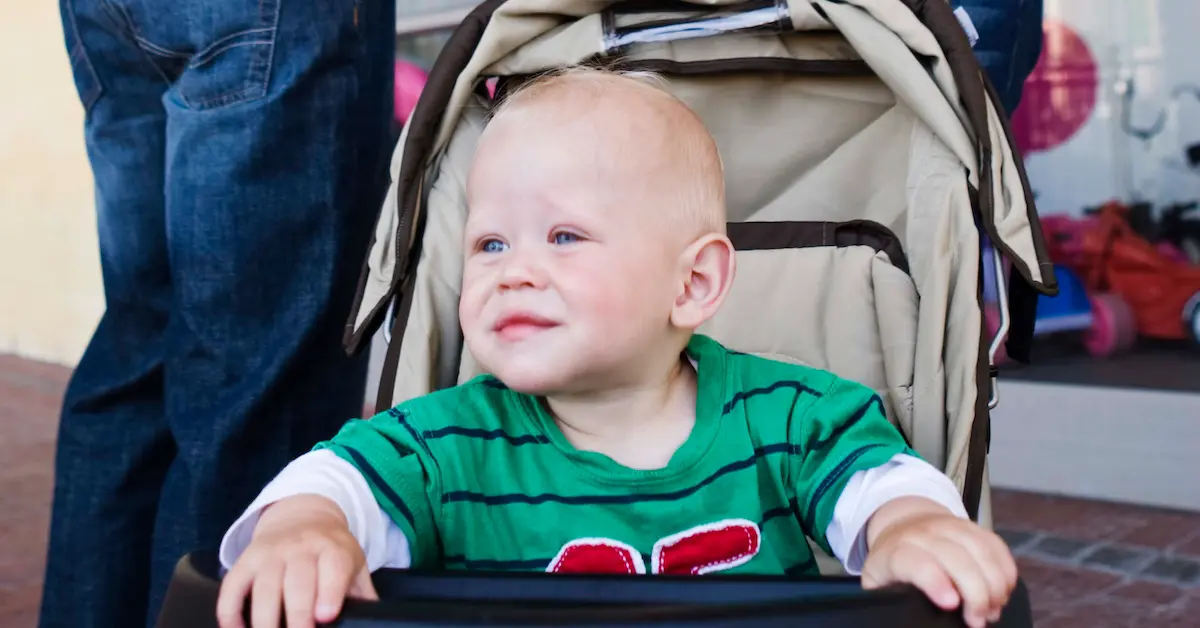As environmental concerns continue to climb, it’s vital that every choice we make contributes to a more sustainable future, and this includes items we often overlook, such as baby gear. Pushchairs are a staple for any parent, facilitating easier mobility with their little ones. Yet, the impact of these products on the environment is worth noting. This brings us to an important discussion about why choosing eco-friendly pushchairs is not just a trend but a necessity for sustainable living.
Traditional pushchairs are typically made from materials that are not biodegradable and can take hundreds of years to decompose in landfills. Furthermore, the manufacturing processes involved often consume a significant amount of energy and resources, contributing to carbon emissions and depletion of natural resources. As parents become increasingly aware of these issues, the demand for eco-friendly alternatives has risen.
The rise of eco-friendly pushchairs
In recent years, we have witnessed a notable shift in the production strategies of baby gear manufacturers towards more sustainable practices. An eco-friendly pushchair is designed with both the baby’s safety and the planet’s welfare in mind. These products are commonly made from recycled materials which reduce waste and use less energy in production. Moreover, they are often designed to be highly durable, ensuring a longer lifecycle and minimizing frequent replacements.
When shopping for an eco-friendly pushchair, one should look out for certifications that assure environmentally conscious manufacturing processes such as Oeko-Tex or GreenGuard. These certifications ensure that the products meet strict environmental standards during production.
Benefits of choosing an eco-friendly pushchair
Choosing an eco-friendly pushchair presents numerous benefits not only to the environment but also to the child and parents. Firstly, these pushchairs are generally lighter such as the compact pushchair, making them easier to manoeuvre and transport. This is particularly beneficial for parents who frequently travel or navigate urban environments.
Additionally, materials used in eco-friendly pushchairs are typically non-toxic and hypoallergenic which makes them safer for children. This is crucial as babies spend considerable time in their pushchairs. Moreover, investing in a sustainable model also ensures that as your child grows, their early exposure to responsible choices inspires them to value and prioritize sustainability in their own lives.
How to choose the right sustainable pushchair?
A key factor when selecting an eco-friendly pushchair is durability. A well-built model will not only last through multiple children but can also be resold or donated after its primary use, further extending its life cycle and reducing waste. Another aspect to consider is the adaptability of the pushchair; some models are designed to grow with your child from infancy into their toddler years.
An excellent example of a robust and adaptable pushchair is the double pushchair which provides flexibility for families planning to grow. It’s designed for longevity and utility without compromising on style or comfort – attributes that modern parents greatly appreciate.
Eco-friendly innovations in pushchairs
Today’s eco-conscious market has inspired many companies to rethink how they design products like pushchairs. Innovations include using sustainably sourced materials, implementing modular designs that can be easily upgraded or repaired, and employing less harmful chemicals in finishing processes.
The trend towards sustainability in baby gear shows a promising direction where both manufacturers and consumers play an active role in environmental stewardship. By opting for an eco-friendly pushchair, parents are not only making a healthier choice for their children but also contributing significantly towards reducing ecological footprints.
Elevating baby mobility through sustainability
Choosing an eco-friendly pushchair isn’t just about selecting baby gear; it’s about making a conscious decision towards sustainable parenting. As this trend continues to grow, it surely won’t be long before all baby gear is made with the earth’s best interests at heart; a goal that is worth striving towards not only for the future of our planet, but for our children’s future too.





Leave a Reply